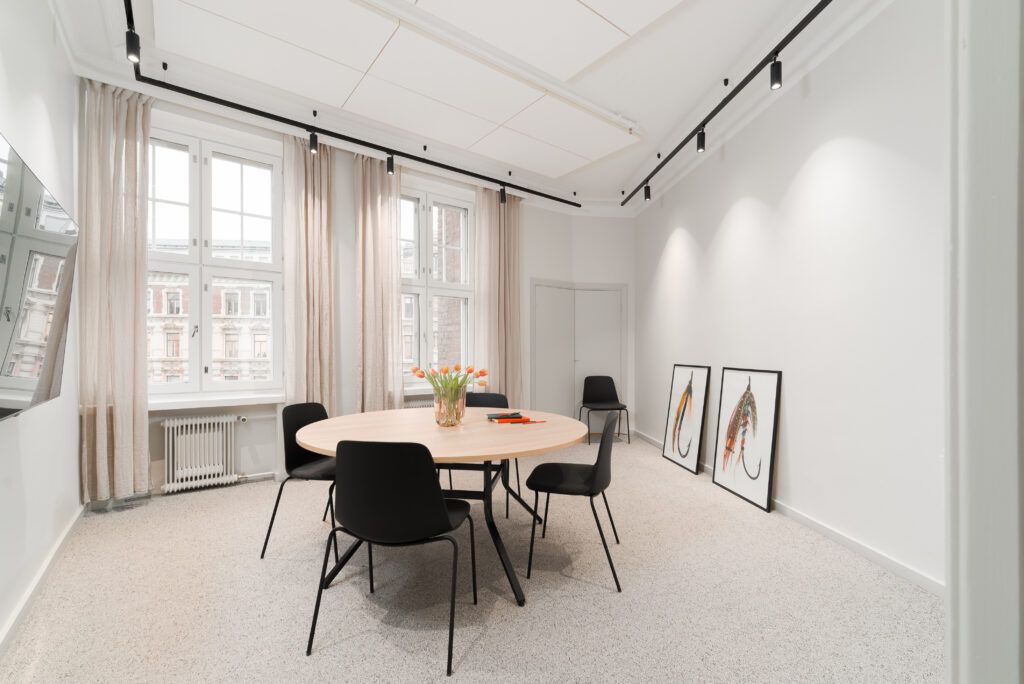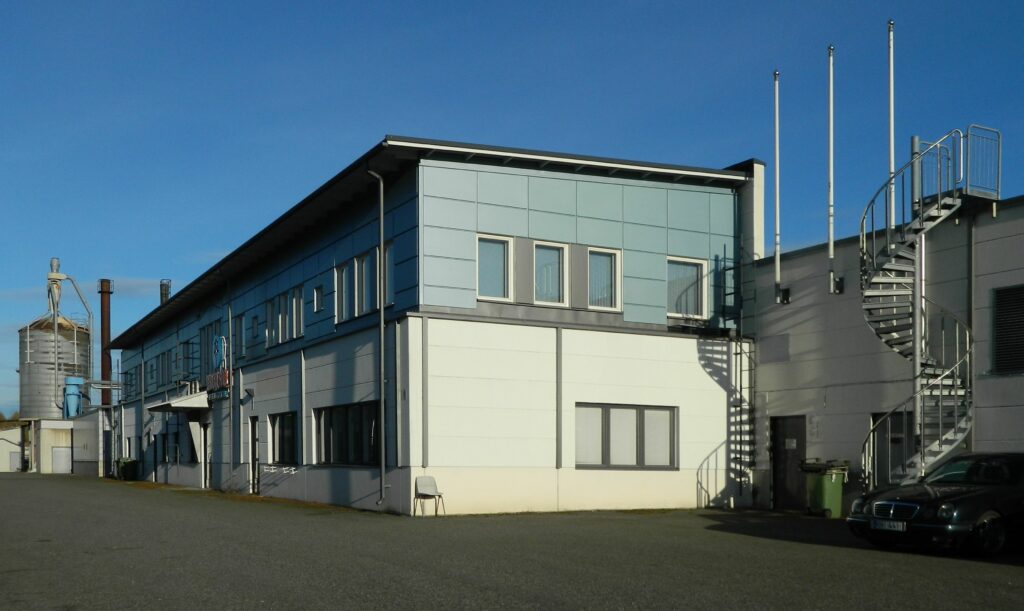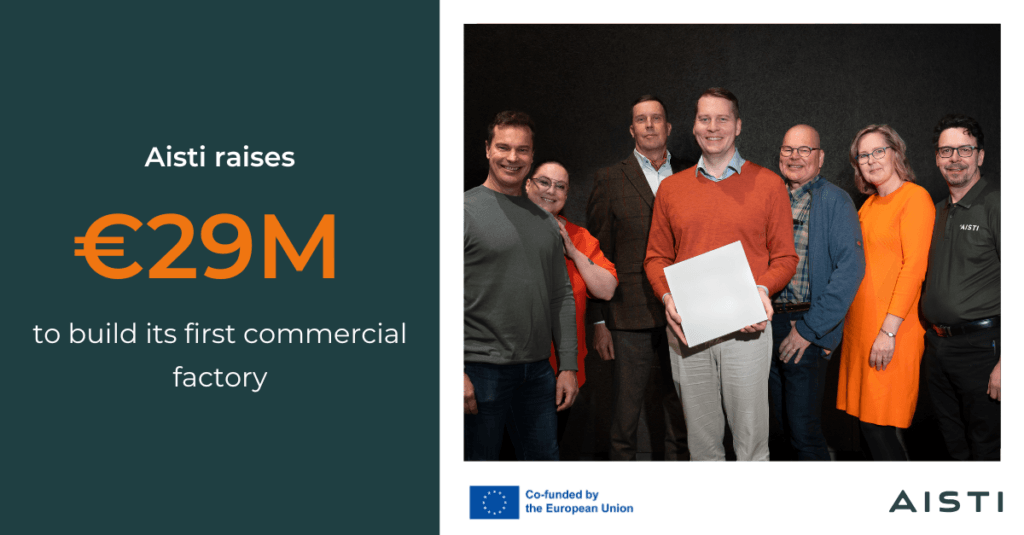
Listen! with Valtteri Hongisto on Office Acoustics and Productivity
Have you ever wondered what a healthy office sounds like? Building healthy and safe working spaces extends beyond incorporating trendy Biophilic designs, funky furniture, and fun culture. Research has revealed that office acoustics is directly linked with job satisfaction, stress level, and overall satisfaction in your office environment.
Since we spend a third of our adult lives at the office, the office auditory environment can affect our cognitive performance even after we clock out. To explore what makes a good acoustic office, we sat down with Valtteri Hongisto, renowned acoustic and built environment research leader and senior lecturer at Turku AMK.
With decades of research and publications in acoustics and building design, Hongisto’s studies have been celebrated academically. Evidence from his laboratory and psychological experiments has also become the basis for room acoustic design guidelines and education in Finland.

During our conversation, Hongisto discussed the research behind accurate measurement of office acoustics, revealed the latest findings on the impact of acoustics on employee’s stress levels and cognitive performance and shared his views on the future of biobased acoustic materials.
It all starts with an accurate measurement of speech intelligibility.
Hongisto highlighted that the Speech Transmission Index (STI) is the best objective descriptor of subjective speech intelligibility in the office environment. STI is measured with specific acoustic devices.
‘Understating office acoustics starts with accurate measurement of speech intelligibility. Intelligible speech has been rated as the most distracting noise type in open-plan offices,’ said Hongisto
STI ranges from 0.00 (no intelligibility) to 1.00 (perfect intelligibility). When STI is high, meaning that speech is highly intelligible, it adversely impacts employee’s cognitive performance and stress.’
Wherein room acoustic measurements of offices are made according to ISO 3382-3 standard so that a loudspeaker is put in one workstation to produce speech-like noise, and STI is measured in other workstations at various distances.


The outcome is distraction distance: it is the distance where the STI falls below 0.50.
Measurements have been done in hundreds of office spaces, and they have shown a large spread of room acoustic qualities:
- In office spaces with ‘bad acoustic,’ the STI remains above 0.5 up to 20 meters away from the sound source,
- In office spaces with ‘good sound absorption,’ the STI decreases to 0.50 within 5 meters from the sound source.
This means that office spaces with ‘good acoustics’ limit intelligible speech to less than a 5-meter from the sound source.
Brainwork requires good office acoustics.
The other important aspect and researched-based evidence Hongisto highlighted in the conversation is the psychological impact of bad acoustics on productivity.
Research confirms that prolonged exposure to task-irrelevant intelligible speech in the office will reduce employees’ satisfaction with their jobs, and modern offices with open floor plans are especially subjected to more significant noise annoyances.

After conducting several psychological studies, Hongisto confirmed that employees working in offices with bad acoustics face decreased productivity due to acoustic disturbance.
‘Offices with bad acoustics are 16% less productive than those with good acoustics,’ Hongisto
Including a list of other serious risks that can impact employee’s overall health and safety:
- Memory loss.
- Elevated stress.
- Decrement in cognitive performance.
- Higher sickness rates.
- Slower recovery from illness.
- Decrement in learning and interactions.
- Reduced overall satisfaction at work and with their work environment.
Building healthier offices with acoustics in mind.
The solution is for property owners to build with acoustics in mind. ‘Acoustic materials and sound masking play a significant role in controlling the STI in the office space, thus promoting better work performance and wellbeing,’ said Hongisto.
Hongisto’s studies have confirmed that offices with proper acoustic absorption materials in the ceiling, walls, and between workstations can significantly limit speech intelligibility to less than 10 meters from the noise source. However, this requires that the room’s background noise level be high.
Very often, separate sound masking systems must be bought since the ventilation noise is usually noticeably quiet, under 30 dB.
Property owners should design with ceiling absorption in mind.
‘Ceiling absorption material is the most important factor in mitigating office noise. It is the number one solution to achieve a short distraction distance and the cheapest solution,’ Hongisto
Using ceiling acoustic materials, Class A, is also easier for architects to adopt because they provide the best acoustic absorption without compromising the room design or aesthetics.
Hongisto’s research has been adopted as the foundation for a Finnish acoustic regulation enforced in 2018. The Finnish room acoustic regulations mandate that the acoustic conditions of office spaces must be designed and implemented to achieve sufficient speech intelligibility.
The regulation also documents and guides users to design office spaces with acoustic consideration using acoustic materials to reduce noise and distribution in the room – the acoustic materials instated in the regulation are wall absorbs, ceiling absorbers, carpeting, and sound masking.
Hongisto mentioned that employers could create healthier offices and improve acoustic quality by considering additional absorbing furniture (i.e., sound-absorbing screens between stations, carpeting, and sound masking).
Addressing the need for sustainable office acoustic materials & fresh regulations
Hongisto emphasized that architects could extend their focus beyond the technical aspects of acoustic panel materials to address the sustainability of those materials.
‘Sustainability is a trendy subject in the industry and academia,’ while ‘bigger acoustic material manufacturers are taking steps to adopt a more sustainable manufacturing process, like using more renewable energy resources, while the core material is still the same.’
Hongisto noted that the interplay between cost considerations, construction company strategies, and client demands paints a complex picture of the sustainability landscape in the built environment.

‘Construction companies, primarily motivated by cost-efficiency, often seek the cheapest materials that satisfy the regulation, which keeps old materials like glass wool and rock wool in the market. There is an increasing pressure from users on building owners to choose more sustainable material, but that will take time,’ said Hongisto.
Hongisto also highlighted another challenge facing those new biobased, sustainable materials: outdated fire protection regulations.
‘There is a need for a systematic shift from a regulatory perspective to foster a market open to more sustainable and biobased acoustic tiles. The regulations were developed for old materials made 100 years ago, and now, with new materials entering the market, the authority should be open to new innovations,’ Hongisto
Hongisto is a senior lecturer on the built environment and research group leader of acoustics and environments at Turku AMK.
References:
- Read the instated acoustic guidelines here in EN http://www.euronoise2018.eu/docs/papers/195_Euronoise2018.pdf.
- The Ministry Level Guidelines in Finnish: https://julkaisut.valtioneuvosto.fi/handle/10024/161953
- Read page 486-497 of this paper for an overview of office, health, and wellbeing by Valtteri Hongisto: http://www.twrnetwork.org/wp-content/uploads/2022/11/TWR-III-Proceedings.pdf.


